This summer seemed to fly by at HMR Farm! I like to think it’s because I had SO much fun documenting pollinators in the F4P plot. The annuals in the study did not get as big here as they did at other sites, but this made it even more exciting when an insect chose our plants over the many native perennial species sharing the space.

The most attractive annual to pollinators at HMR was Rudbeckia ‘Prairie Sun’. This beautiful plant began blooming early in July and continued to set forth gigantic yellow flowers all summer. R. Prairie Sun was loved by native bees, wasps, flies, stink bugs, and butterflies. Caterpillars were often found feasting on this plant, and the occasional spider visit was always a thrilling surprise.

Butterfly on R. Prairie Sun

Stink Bug on R. Prairie Sun

Fly on R. Prairie Sun

Wasp on R. Prairie Sun

Spider on R. Prairie Sun

Caterpillar on R. Prairie Sun
Zinnia plants attracted many bumble bees, flies, and spiders throughout the season. However, these flowers became especially fun to observe once the butterflies emerged late in the season.

Bumble Bee on Z. Zahara Starlight Rose

Bumble Bee on Z. Envy

Bumble Bee on Z. Swirls

Bee Fly on Z. Zahara Starlight Rose

Spider on Z. Swirls

Butterfly on Z. Envy

Butterfly on Z. Zahara Starlight Rose

Butterfly on Z. Popart Red and Yellow
Tagetes ‘Ivory’ marigold, and Cosmos ‘Capriola’ and ‘Double Click’ were well loved by bumble bees this year, whereas Tagetes ‘Bambino’ marigold, Helenium ‘Dakota Gold’, and Salvia ‘Summer Jewel Pink’ were usually covered in natives.

Bumble Bee on ‘Ivory’ Marigold

Bumble Bee on ‘Capriola’ Cosmos

Bumble Bee on ‘Double Click’ Cosmos

Green Sweat Bee on S. ‘Summer Jewel Pink’

Native Bee on Helenium ‘Dakota Gold’

Native Bee on ‘Bambino’ Marigold
Although there was no shortage of native and bumble bees in the F4P plot, I was surprised not to witness a honeybee utilizing the annual flowers until my final day of observations. There are many honeybee hives at HMR farm, but there are also many native flowering plants much closer to the hives than our plot. Late in the summer most forage plants near the hives had finished flowering, and lo and behold! When food ran low near the hives, honeybees flocked to the F4P plot. On this day, late in September, they were especially interested in Salvia ‘Summer Jewel Pink’.

Honeybee on S. ‘Summer Jewel Pink’

Honeybee on S. ‘Summer Jewel Pink’
Next year I would love to see the F4P study expand to other sites on the farm. It would be especially interesting to plant these annuals nearer the honeybee hives and document the difference in honeybee visits between this summer and next. Expanding to other areas of the farm would also increase the likelihood of citizen-science participation.
A special thank you to Julie Weisenhorn for bringing me on board for this study, and to HMR farm staff for helping maintain our plot. It was a wonderful summer, and I look forward to working alongside you all again next year!
-Lindsey
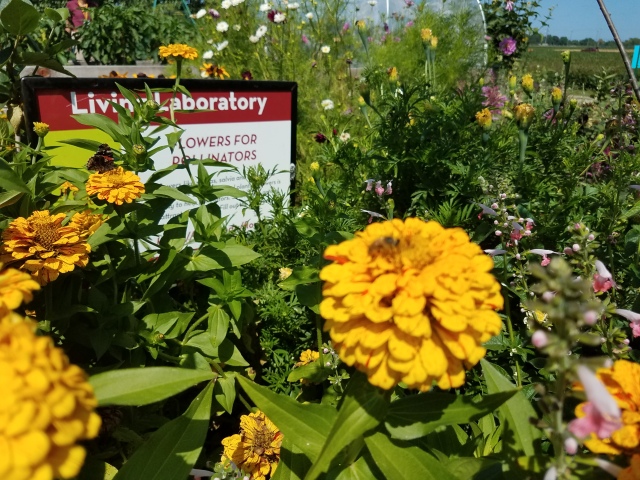
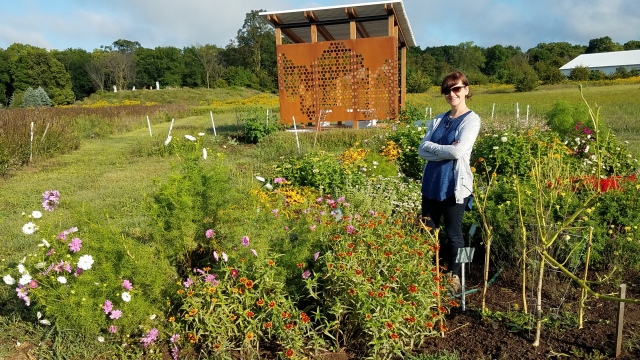

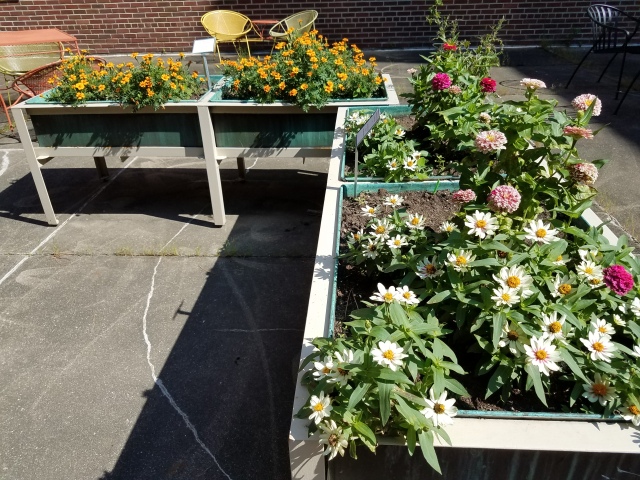

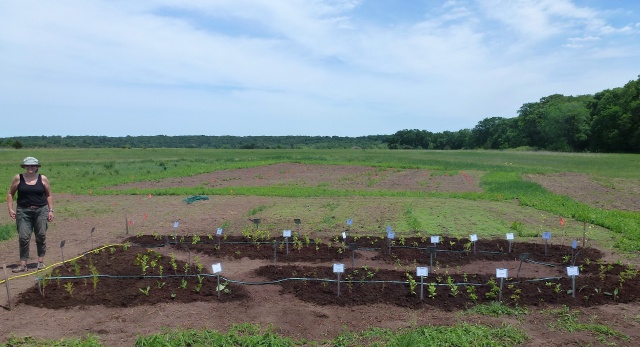
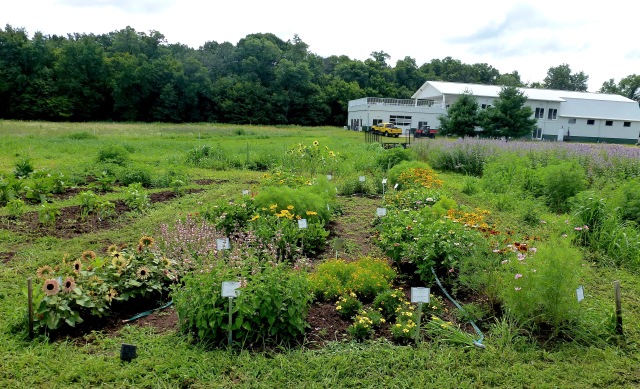


























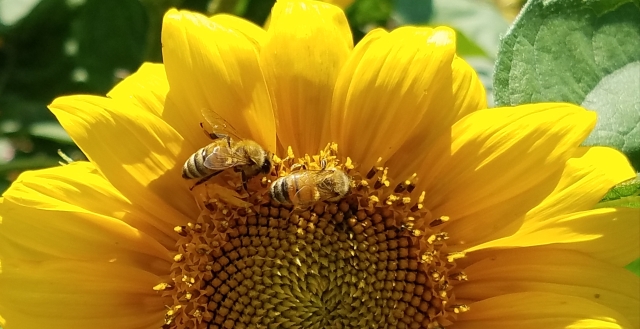


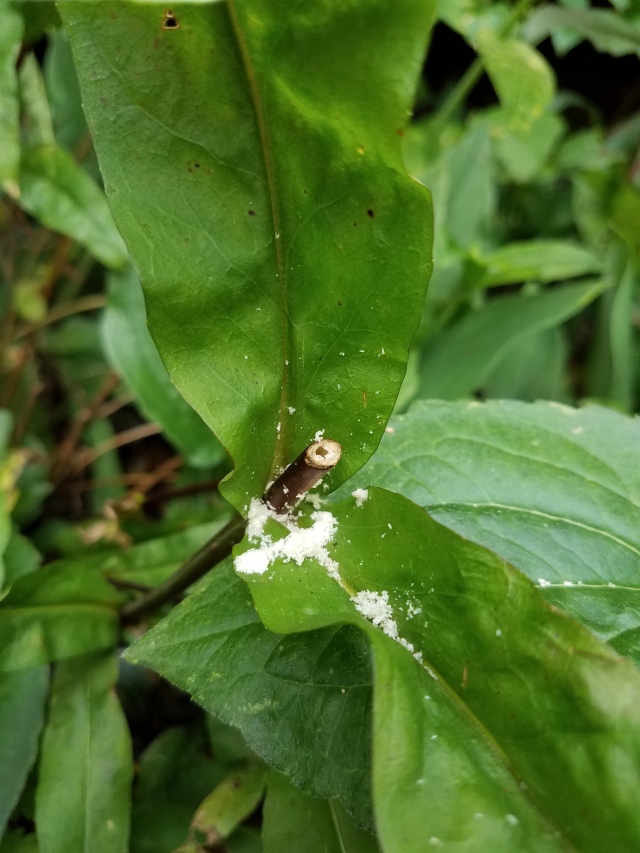
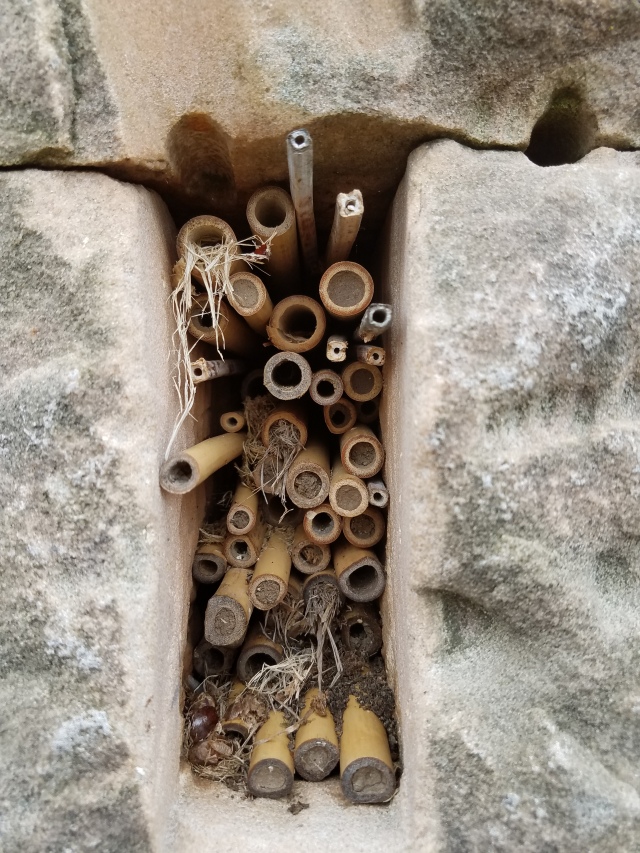
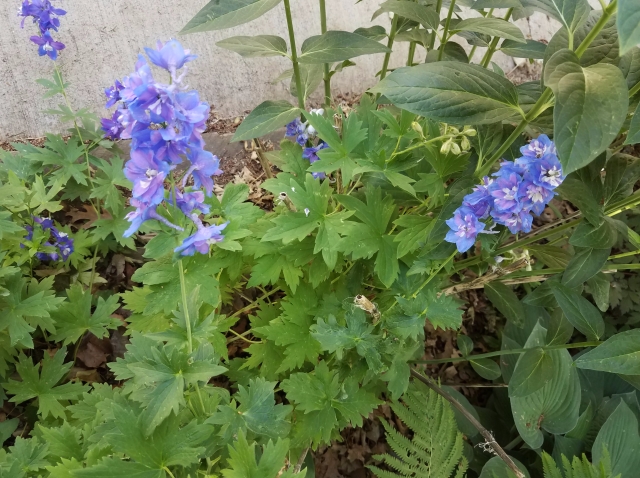








![20170807_143241[1] Stinkbug](https://i0.wp.com/flowersforpollinators.wordpress.com/wp-content/uploads/2017/08/20170807_1432411-e1502897103260.jpg?w=209&h=157&ssl=1)


![20170727_181106[1] 20170727_181106[1]](https://i0.wp.com/flowersforpollinators.wordpress.com/wp-content/uploads/2017/07/20170727_1811061.jpg?w=316&h=421&ssl=1)
![20170727_181153[1] 20170727_181153[1]](https://i0.wp.com/flowersforpollinators.wordpress.com/wp-content/uploads/2017/07/20170727_1811531.jpg?w=316&h=421&ssl=1)
![20170727_180805[1] 20170727_180805[1]](https://i0.wp.com/flowersforpollinators.wordpress.com/wp-content/uploads/2017/07/20170727_1808051.jpg?w=423&h=317&ssl=1)
![20170727_180723[1] 20170727_180723[1]](https://i0.wp.com/flowersforpollinators.wordpress.com/wp-content/uploads/2017/07/20170727_1807231.jpg?w=209&h=157&ssl=1)
![20170727_180622[1] 20170727_180622[1]](https://i0.wp.com/flowersforpollinators.wordpress.com/wp-content/uploads/2017/07/20170727_1806221.jpg?w=209&h=156&ssl=1)
![20170727_180549[1] 20170727_180549[1]](https://i0.wp.com/flowersforpollinators.wordpress.com/wp-content/uploads/2017/07/20170727_1805491.jpg?w=636&h=477&ssl=1)
